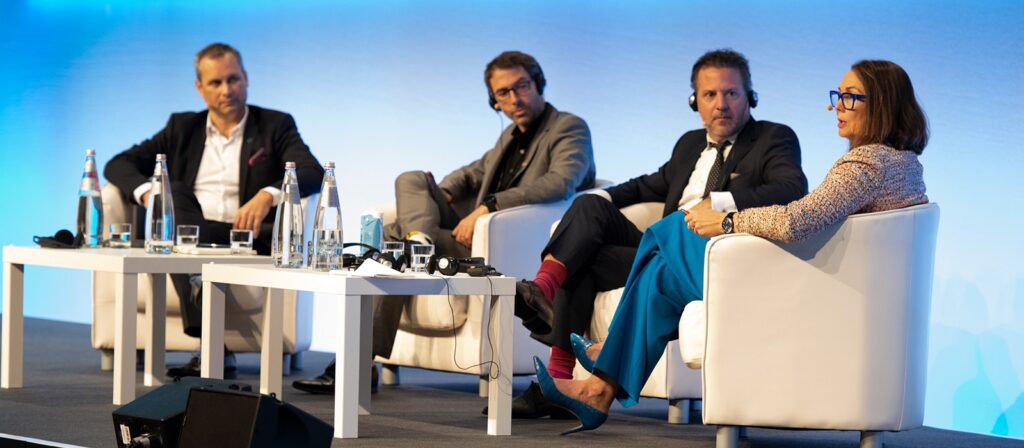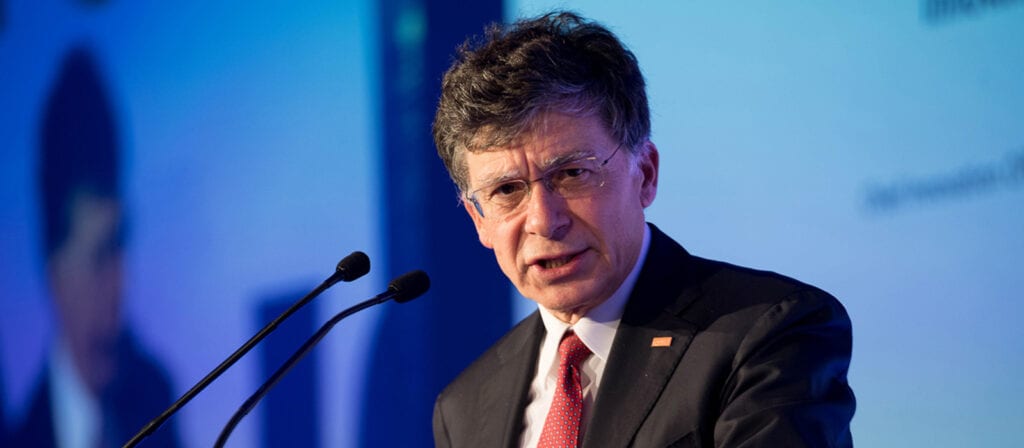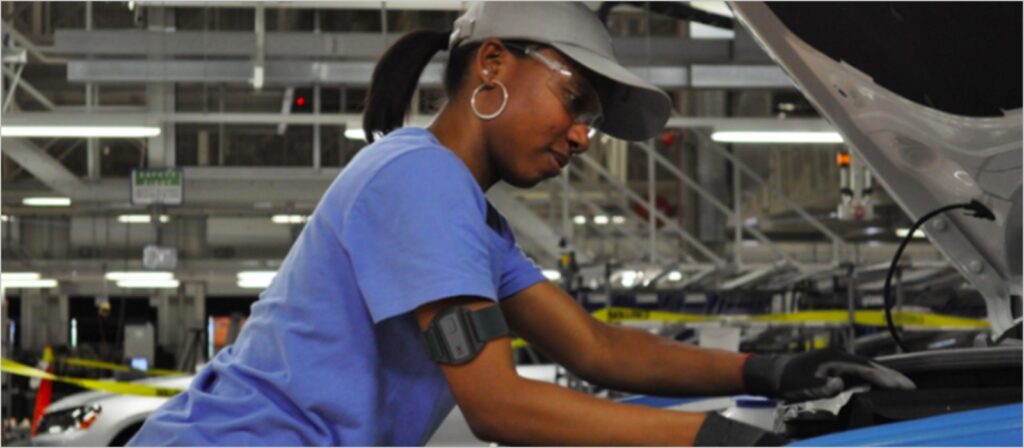Desjardins, a cooperative based in Canada, provides solutions to more than seven million Canadians across four major business lines: personal and commercial banking, property and casualty insurance, wealth management, and health and life insurance. Their purpose is to enrich people’s lives and their communities. To Desjardins, innovation is a key driver for transformation and they identified three different sources to allow them to tap into and become exposed to the latest innovation and innovative thinking from across the world.
The first source was connecting with the innovation hub. Their first partnership was with Plug and Play, based in Silicon Valley (USA), but with a global footprint. Twice-a-year Plug and Play hold accelerator days, dedicated to Insurtech, and Desjardins makes sure they are present on those two days. This keeps them connected to start-ups with brand new technology in its earliest stages. They also wanted to partner with a company based in Europe so they signed with SupernovaeLabs, as well as working with an innovation hub in Quebec.
The second source is investment funds. They dedicated a sum of $250 million which they would spend in investment funds in four sectors tied to their innovation approach: PropTech, HealthTech, Insurtech and climate. The latest investment they did with the fund was in Idealist Climate Impact Fund, a brand new fund concerned with fast tracking the energy transition. They were one of the initial funding organisations.
The third source is acting as a growth accelerator for startups. One example of which is Cooperathon, the largest open innovation challenge that exists in Canada. The contest brings together entrepreneurs and researchers over a period of six weeks in order to solve or bring solutions to key topics. The topic this year was AI applied to health, agriculture and climate. Desjardins provide support to the winner in order to bring their idea to life. They also have a start-up in residence where the winning startups are provided with office space within the Desjardins offices for eight months and given access to 50 mentors and other support they need i.e. legal and accounting.
Case studies of solutions targeting prevention and raising awareness
1. Roost and Alert
10 to 15 years ago, water damage represented 25% of the losses in property insurance in Canada which has increased to 50% in recent years. Desjardins partnered with Roost, an Insurtech company specialising in property telematics to provide water sensors to a large proportion of their property insurance policyholders. Customers would get alerts through an app in the case of a leak which reduced the damage to properties. Since its launch in 2017, the programme has expanded to include a DIY wireless home security and professional monitoring system.
2. CMT and Ajusto
Desjardins looked globally for a company who could fast track their telematic car insurance programme. They partnered with Cambridge Mobile Telematics (CMT) to create a smartphone-based approach. CMT work with insurers across the world (such as State Farm in the USA) allowing Desjardins to also work with insurers across the globe and share thoughts and ideas.
3. Telehealth with TELUS
Through a partnership with Telus, one of Canada’s largest telecommunications providers, it offers a virtual health care service in answer to challenges within the health system. Desjardins thought that an employer benefit programme would be a great solution, allowing employees and clients to access nurses and doctors by chat or video call within a few minutes. They were able to quickly bring it to the market.
Exploring new directions with innovative ecosystems
Desjardins’s experience with ecosystems began in 2017 when a consultant warned that they would not succeed if they did not work on ecosystems. They began working on ecosystems in the three areas examined in the case studies above: property, mobility, and health. More recently, that have begun looking at property ecosystems.
Phase one consisted of acquiring ecosystems addressing some of the pain points for clients such as buying and selling and renovation. In phase two they will pull together these ecosystems to create a platform. Phase three will be tying the platform to the way they do business.





